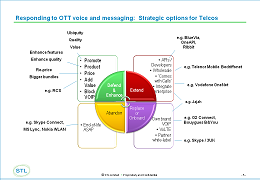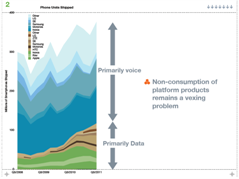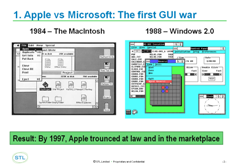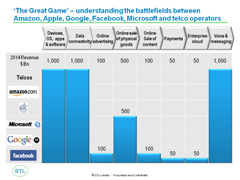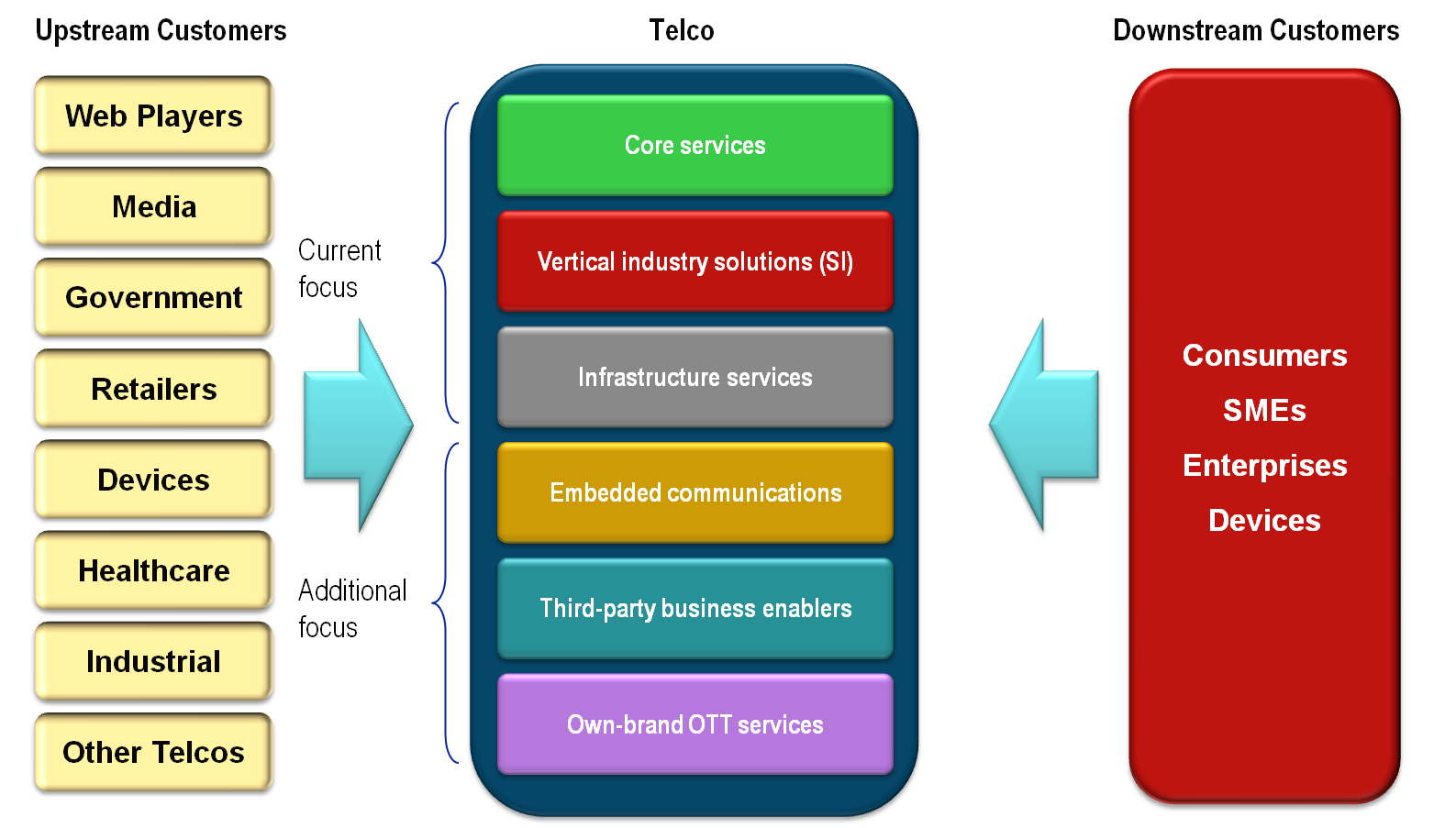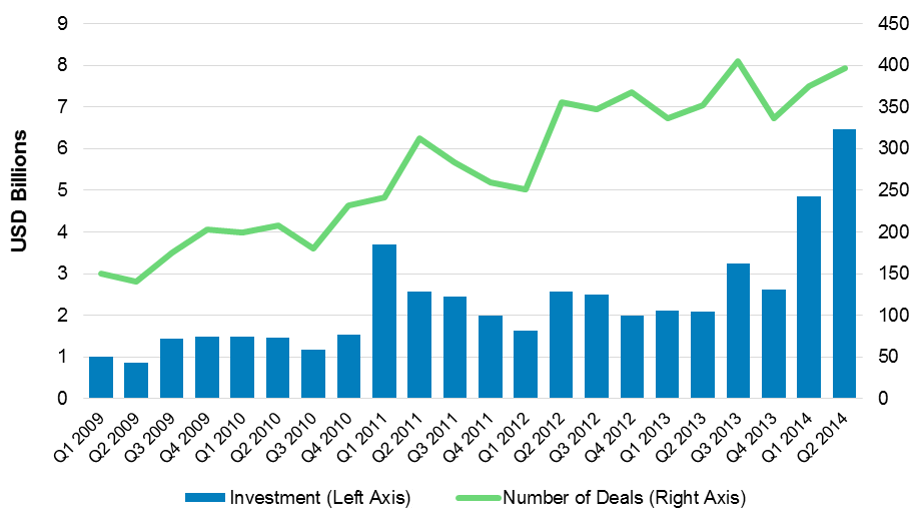
Valuing Digital: A Contentious Yet Vital Business
The valuation of digital businesses is vital because it drives key strategy and investment decisions, yet highly contentious, as there are many different possible approaches. In the first of two reports on this topic, we appraise the main external valuation methods, and their suitability for use or otherwise with new telecoms business models.






